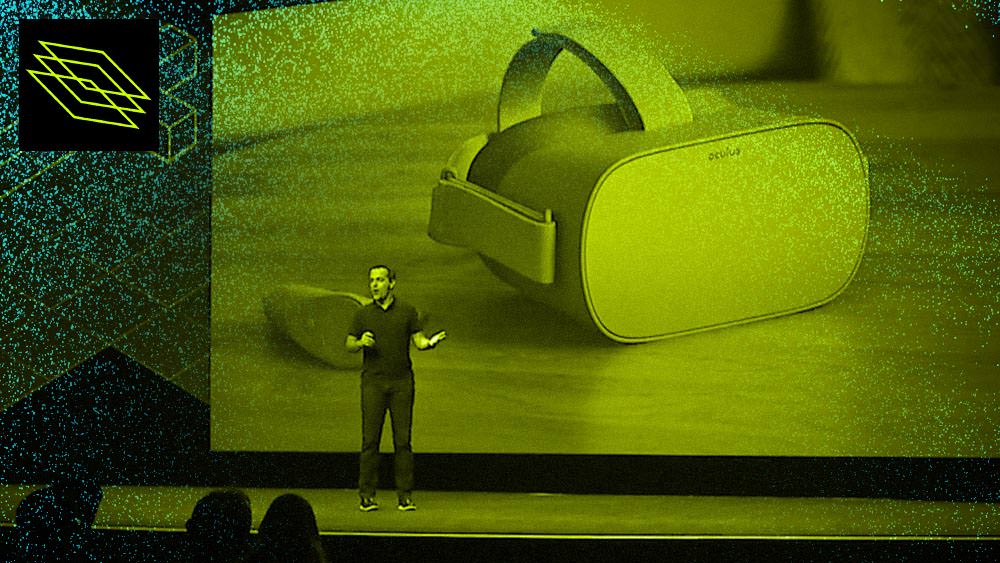Oculus Connect 4 (OC4) unveiled new hardware, software and development features—all with the message that if VR is to be accepted by the masses, it has to be a social experience.
Building A VR Community
Mark Zuckerberg introduced Facebook Venues—an app that allows users to hang out at concerts and other events. Venues will be a direct competitor to the Microsoft-owned AltSpaceVR, and what it lacks in an established community, it could make up for with Facebook connectivity and livestreaming. For example, two friends can host a Facebook Live session from a red carpet movie premiere.
Oculus is taking a cue from the gaming community with friend notifications that tell users when someone is using VR, allowing them to tune in. Users can also stream their VR gameplay over Facebook Live and see real-time comments as they play inside the headset.
Zuckerberg also wants to change public perception about what VR can be used for, calling 2018 “The year of infinite possibilities.”
“It’s not about escaping reality.” Zuckerberg said. “It’s about making it better,”
Pre-recorded videos illustrated how workflows are managed, how friends can hang out and how connecting Oculus Medium with Facebook Spaces can bring user creations into social media feeds and VR sessions.
Using the apps Oculus Medium and Quill, users can not only create art but step inside it through VR.
Social tie-ins are pretty neat, but they may not solve the adoption problem plaguing virtual reality. It’s a chicken-or-egg scenario: social may attract more users, but without an established community, interest may soon fade.
“As long as players can choose how social they want to be, social tie-ins certainly can’t hurt,” Stephanie Llamas, vice president of research and strategy at SuperData told AListDaily. “But right now it can be difficult for players to use them, since the install base is still lacking. I wouldn’t say VR needs it now, but as the user base grows, it would benefit in the same ways other platforms like mobile gaming have.”
Putting Oculus To Work
Oculus launched a new bundle called Oculus for Business that introduces the technology to consumers in a setting outside of their living rooms. The bundle includes a Rift headset, Oculus Touch controllers, three sensors and three facial interfaces (removable inserts so employees share ideas instead of germs).
“Businesses of all types can use Rift to boost productivity, accelerate trainings and present the otherwise impossible to their employees and customers across industries like tourism, education, medical, construction, manufacturing, automotive and retail.” Oculus wrote on its official blog.
Customers can build their own Audi vehicles at the dealership, share files at work through Cisco Spark VR or receive employee training.
Finding The “Sweet Spot”
A major hurdle for many first-time VR users is the price point. While low-cost headsets are available, mobile VR lacks the processing power and interactivity of VR powered by a desktop computer. According to SuperData, the cheapest option—Google Cardboard—is predicted to ship the most units compared to all other VR devices this year, at over 59 million.
To find the “sweet spot” between price and power, Zuckerberg announced the Oculus Go—a $199 self-contained headset that does not require a mobile phone or PC to operate. The device is wireless and has built in speakers, with the idea that Oculus Go can be easily set-up or shared with others.
The lower price point and ease of use may encourage first-time or casual users to finally try VR.
SuperData predicts that VR revenue will exceed $2.2 billion in 2017 and $28.5 billion by 2020.

